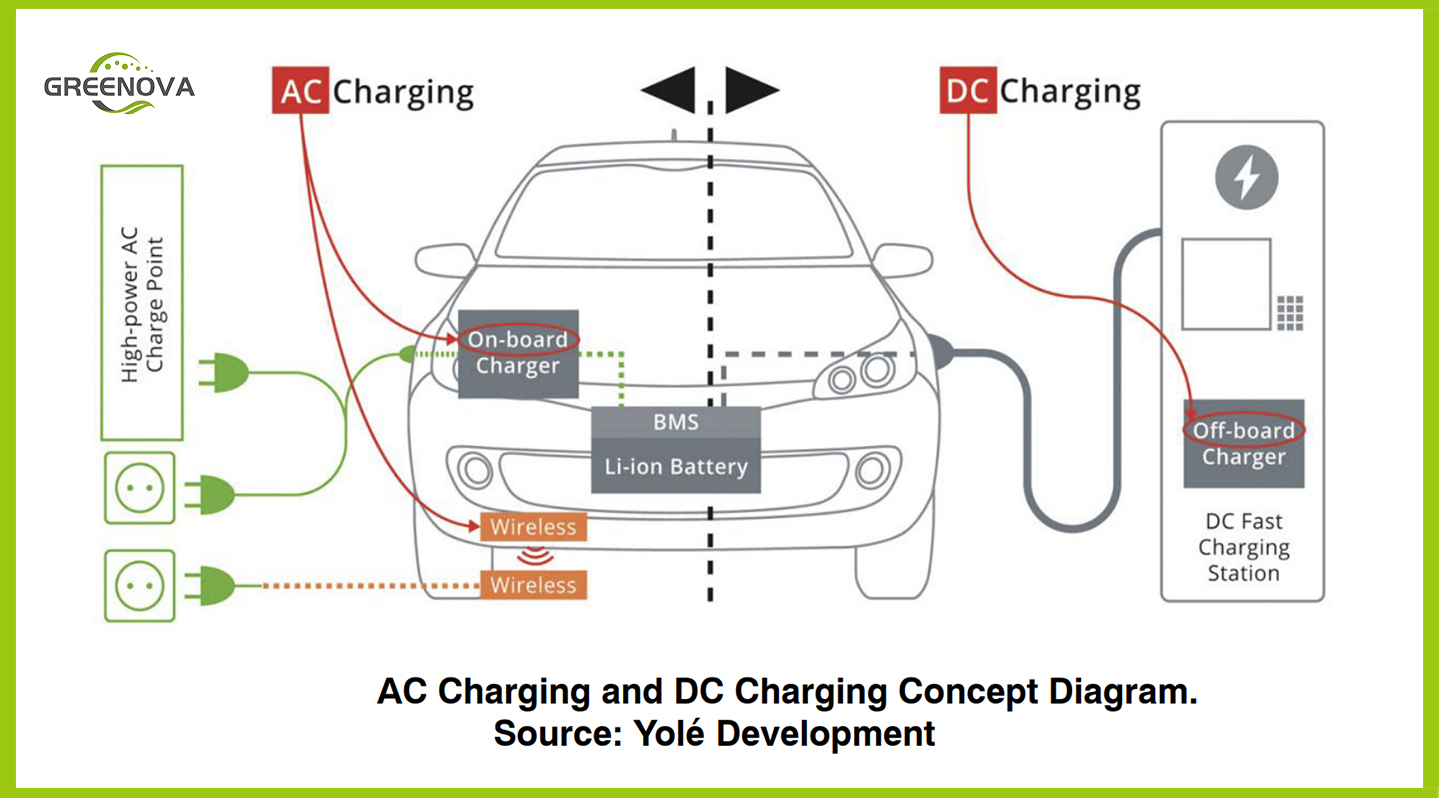
Let's dive into how electrical vehicles fast charging stations work.
June 30, 2023
Fast charging technology: Fast charging for electric vehicles uses direct current (DC) technology, which is different from the alternating current (AC) technology used for slow charging. Direct current charging allows for rapid charging of electric vehicle batteries through high currents and voltages, thereby improving charging efficiency and speed.
Charging equipment: Fast charging stations are typically equipped with one or multiple DC charging stations. These charging stations convert alternating current from the power grid into direct current to meet the charging needs of electric vehicles. The charging stations also include charging control systems, energy metering devices, and safety protection mechanisms.
Power supply: Fast charging stations require a significant amount of power to meet the high-power charging demand. Typically, fast charging stations are connected to the high-voltage distribution system of the power grid to obtain sufficient power supply. Some charging stations may also utilize renewable energy sources such as solar or wind power to reduce reliance on traditional power sources.
Communication and management: Fast charging stations are equipped with network connectivity and communication devices to facilitate data exchange and remote monitoring with electric vehicles, power systems, and backend management systems. Through the communication system, charging stations can achieve remote control of charging stations, payment management, energy consumption statistics, and other functions.
During the fast charging process, an electric vehicle drives into the charging station and plugs in the charging connector into the charging station. The charging station recognizes the connector and communicates with the electric vehicle to ensure a secure connection. Then, based on the charging needs and battery status of the electric vehicle, the charging station controls the direct current charging process. Simultaneously, the charging station monitors parameters such as charging current, voltage, and temperature to ensure the safety of the charging process.
During fast charging, the charging station provides high-power direct current to rapidly charge the electric vehicle's battery. The charging speed depends on the power output of the charging station and the charging capability of the electric vehicle. Generally, the electric vehicle's battery system needs to support fast charging in order to charge at higher power levels.
Once the charging is completed, the charging station sends a signal to the electric vehicle and disconnects the power, allowing the driver to safely remove the charging connector. At this point, the electric vehicle has completed the fast charging process and is ready to continue driving.
Please note that different fast charging standards and technologies may have variations in their specific working principles. The above is a general overview of the working principle of a fast charging station.
